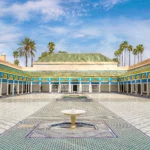Visiting the 7 Wonders of the World is obviously on every traveler’s Bucket-list! Did you know that the Seven Wonders of the World have been a dream of explorers for thousands of years?
Originally established around the 2nd century B.C., it counted seven ancient wonders built between 2560 B.C. and the beginning of the 3rd century B.C. Just that! Since then, almost all of them have disappeared – only the Pyramid of Cheops, now the Pyramid of Giza, is still standing – but a Swiss foundation launched a campaign in the year 2000 to identify the new seven wonders of the world. An initiative supported by the whole world, since more than 100 million votes were cast on the Internet or by SMS! The final results, announced in 2007, were greeted with cheers, but also (inevitably) with a few jeers: several leading contenders, such as the Acropolis of Athens in particular, failed to qualify.
Nevertheless, the Seven Wonders of the World will continue to attract the attention of travelers from all over the world! As an appetizer, we offer you today an overview of the most beautiful sites on the planet! And every month for the next seven months, our “Bucket-list” series will lead you to discover one of these seven wonders. Let’s go to the Wonders!
1- Petra, Jordan
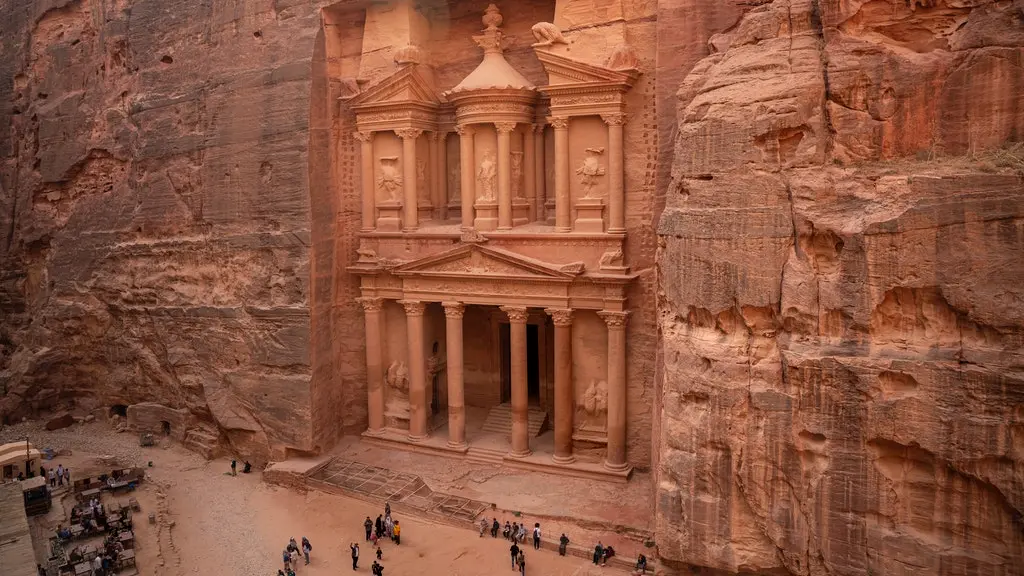
Simply spectacular, the ancient rock city of Petra in Jordan is located in a remote valley nestled between sandstone mountains and cliffs. It is said to have been one of the places where Moses struck a rock and water gushed forth.
Later, the Nabateans, an Arab tribe, made it their capital. During this time, it flourished, becoming an important trading center, especially for spices. Renowned sculptors, the Nabataeans carved dwellings, temples, and tombs out of sandstone, which changed color with the sun. They also built a water supply system that allowed the creation of lush gardens and the development of agriculture. At its peak, Petra had a population of some 30,000!
However, the city began to decline as trade routes shifted. The first major earthquake in 363 compounded its difficulties, and after a second in 551, Petra was gradually abandoned.
Although rediscovered in 1912, the site was largely ignored by archaeologists until the late 20th century, and many questions remain about the city.
2- Colosseum In Rome, Italy
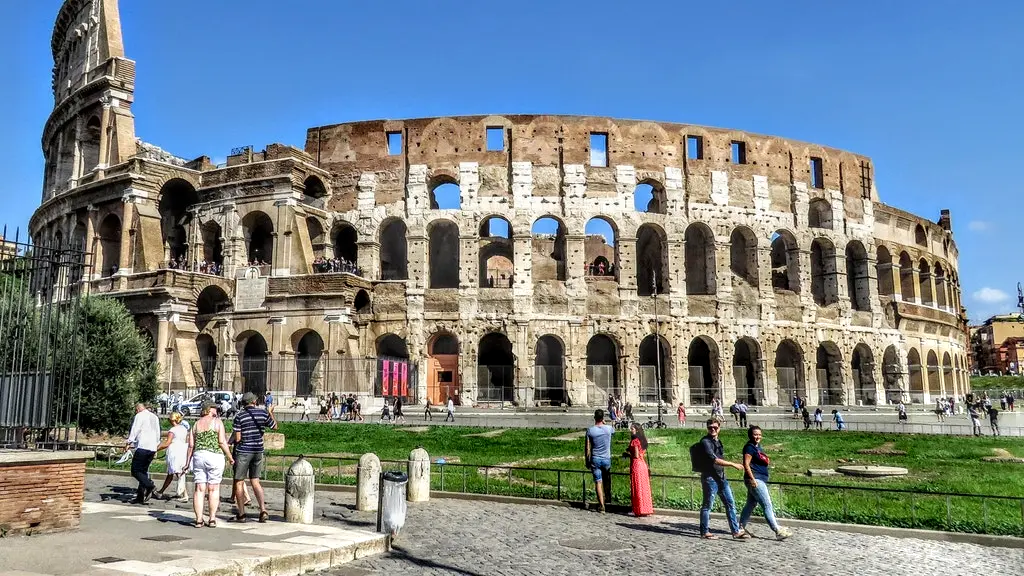
The Colosseum in Rome, Italy, was built in the first century by order of Emperor Vespasian. A feat of engineering, the amphitheater measures 189 meters by 156 and features a complex system of vaults. In the past, it could accommodate up to 50,000 spectators, who entertained themselves with a wide variety of events.
Perhaps the most notable spectacles were gladiatorial fights, although men fighting animals was also common. Sometimes water was even pumped into the Colosseum for mock naval combat! However, the belief that Christians were martyred there and thrown to the lions is debated.
According to some estimates, about 500,000 people lost their lives in the Colosseum. In addition, so many animals were captured and killed there that some species would have disappeared.
3- Christ The Redeemer In Brazil
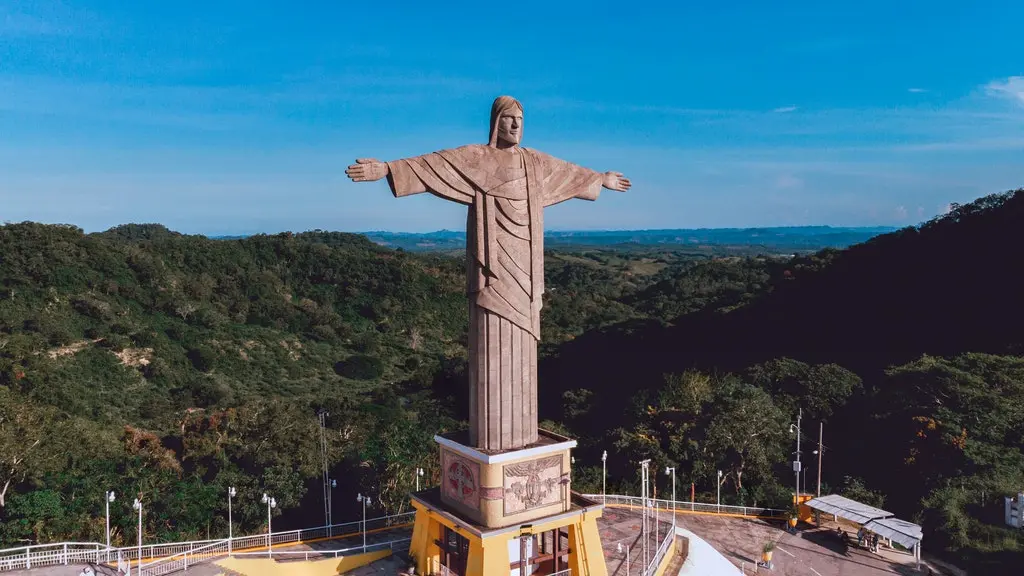
Standing atop Mount Corcovado in Rio de Janeiro, Brazil, the statue of Christ the Redeemer overlooking the city is masterful. Its origins date back to just after the First World War when some Brazilians feared a “tide of godlessness”. They proposed a statue, which was finally designed by Heitor da Silva Costa, Carlos Oswald, and Paul Landowski. Construction began in 1926 and was completed five years later.
The resulting monument is 30 meters high – not including its base and an additional 8 meters; its outstretched arms extend 28 meters! Built of reinforced concrete and covered with approximately six million tiles, Christ the Redeemer is the largest Art Deco sculpture in the world!
Rather disconcertingly, the statue has often been struck by lightning. In 2014, the tip of Jesus’ right thumb was damaged in a storm.
4- Great Wall Of China
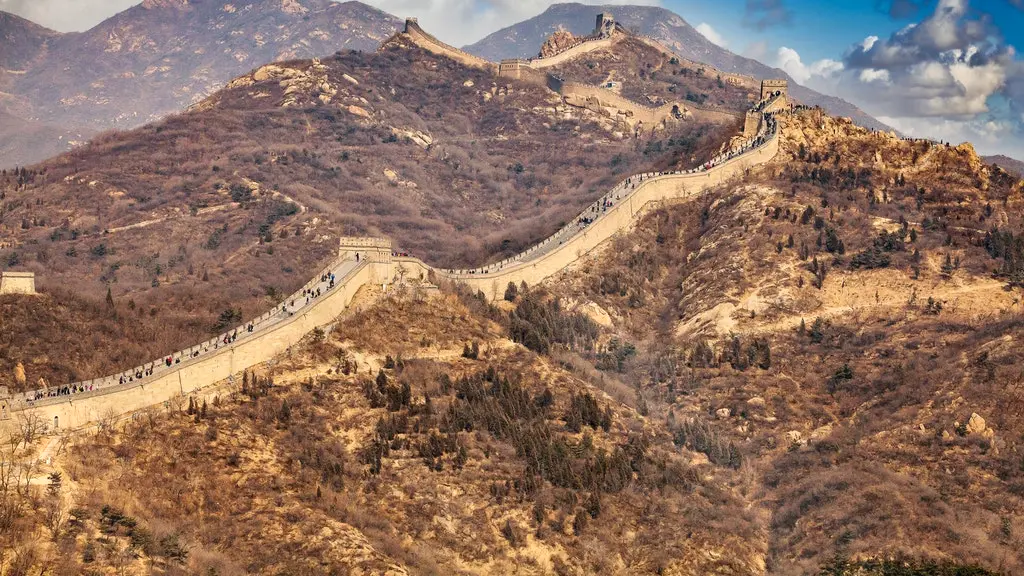
Awesome is perhaps an understatement! Generally considered to be 5,500 miles long, a disputed Chinese study claims that its exact length is 13,170 miles. It’s a bit like the story of the police and the unions’ figures! Without question, the Great Wall of China is one of the largest building projects in the world!
Work began in the 7th century BC and continued for two millennia. Although called a “wall,” the structure has two parallel walls for long stretches. Watchtowers and barracks dot the rampart. Although it was built to prevent invasions and raids, the Great Wall has largely failed to provide any real security. According to researchers, it served more as “political propaganda.
5- Machu Picchu, In Peru
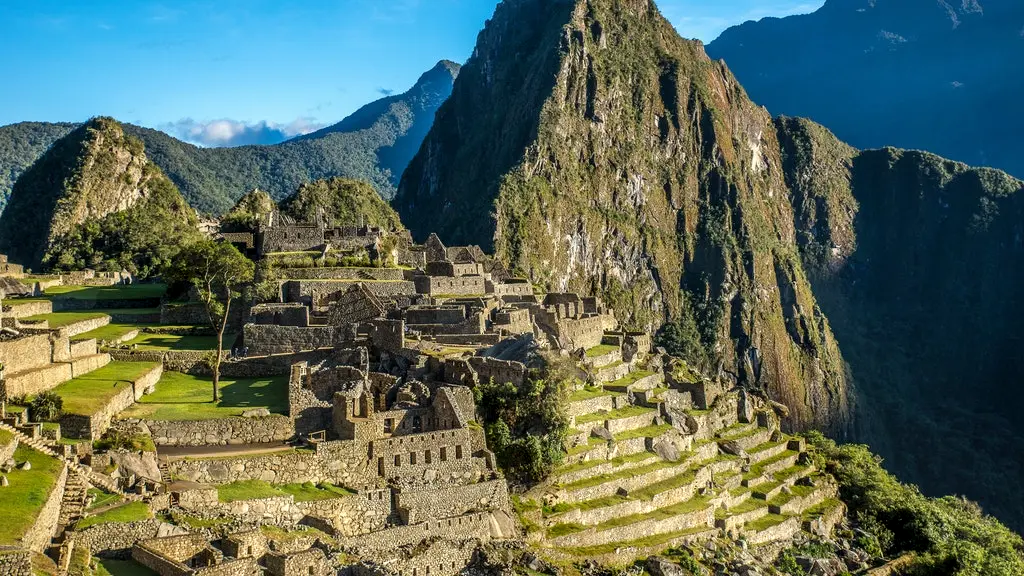
This Inca site near Cuzco, in Peru, was “discovered” in 1911 by Hiram Bingham. This last thought then that it was about Vilcabamba, a secret Inca fortress used during the rebellion of the XVIth century against the Spanish domination.
Although this assertion was refuted later, the purpose of Machu Picchu has long baffled scholars. According to Bingham, it sheltered the “Virgins of the Sun”, women who lived in convents under a vow of chastity. For others, it was probably a place of pilgrimage or a royal retreat. What we know today is that Machu Picchu remains one of the few major pre-Columbian ruins found almost intact. Despite its relative isolation raised in the mountains of the Andes, it includes agricultural terraces, squares, residential zones, and temples.
6- Taj Mahal, India
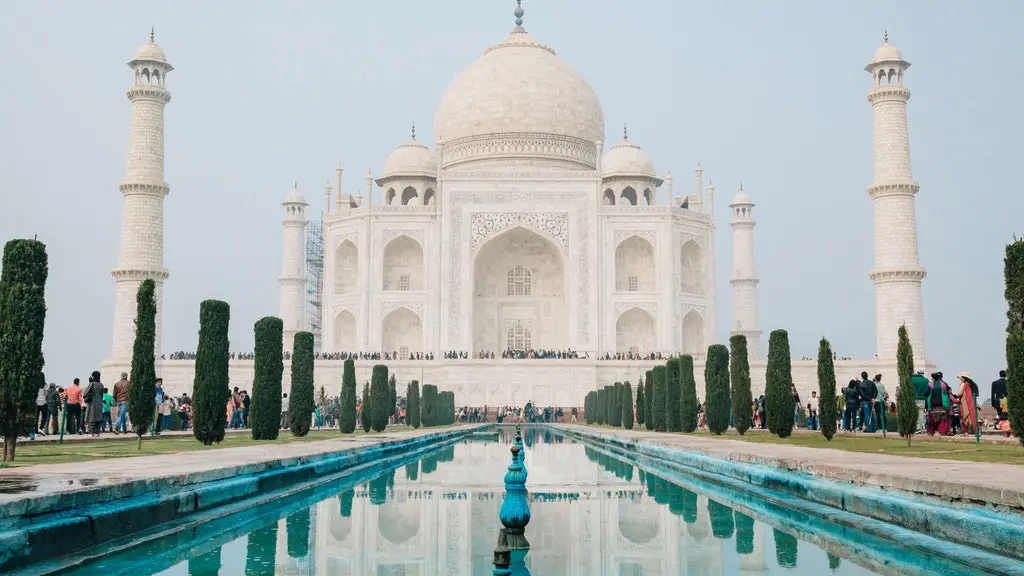
This mausoleum complex in Agra, India, is considered one of the most iconic monuments in the world and is perhaps the best example of Mughal architecture. It was built by Emperor Shah Jahān, reigning from 1628 to 1658. The latter had it erected in honor of his wife Mumtāz Maḥal – “the chosen one of the palace” – who died in 1631 while giving birth to their fourteenth child.
It took about 22 years and 20,000 workers to build the entire monument! The mausoleum is made of white marble that features semi-precious stones with geometric and floral patterns. Its majestic central dome is surrounded by four smaller domes. According to some reports, Shah Jahān wanted to have his mausoleum made of black marble. However, it was deposited by one of his sons before work began.
Today, the shots in front of the huge garden and its water mirror are endless!
7- Chichen Itza, Mexico
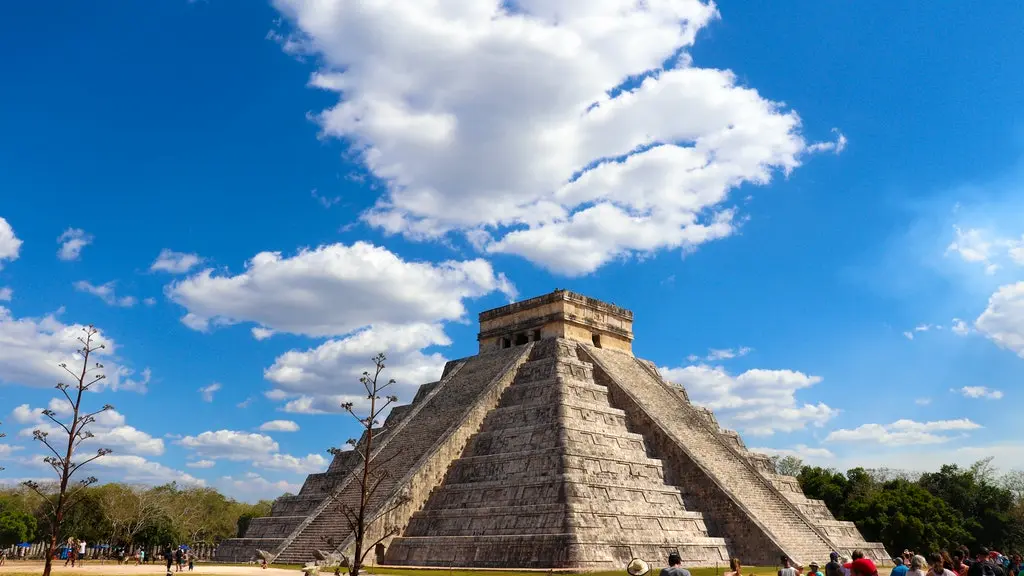
Chichén Itzá is a Mayan city in the Yucatán Peninsula of Mexico, which flourished in the ninth and tenth centuries AD. Under the Mayan Itza tribe, strongly influenced by the Toltecs, several important monuments and temples were built.
Among the most notable, the stepped pyramid El Castillo (“The Castle”) was built after the invaders conquered the ancient Mayan city in the tenth century. A testament to their astronomical abilities, the structure, rising 24 meters above the main plaza, has exactly 365 steps: the number of days in the solar year.
During the spring and fall equinoxes, the setting sun casts shadows on the pyramid that give the appearance of a snake descending the northern staircase. At its base, there is a stone serpent head.
While life in Chichén Itzá was very much centered around work and science, the city is also home to the largest tlachtli (a type of sports field) in the Americas. On this field, residents played a ritual ball game popular throughout pre-Columbian Mesoamerica.






